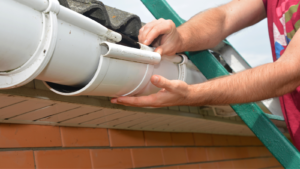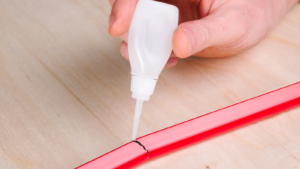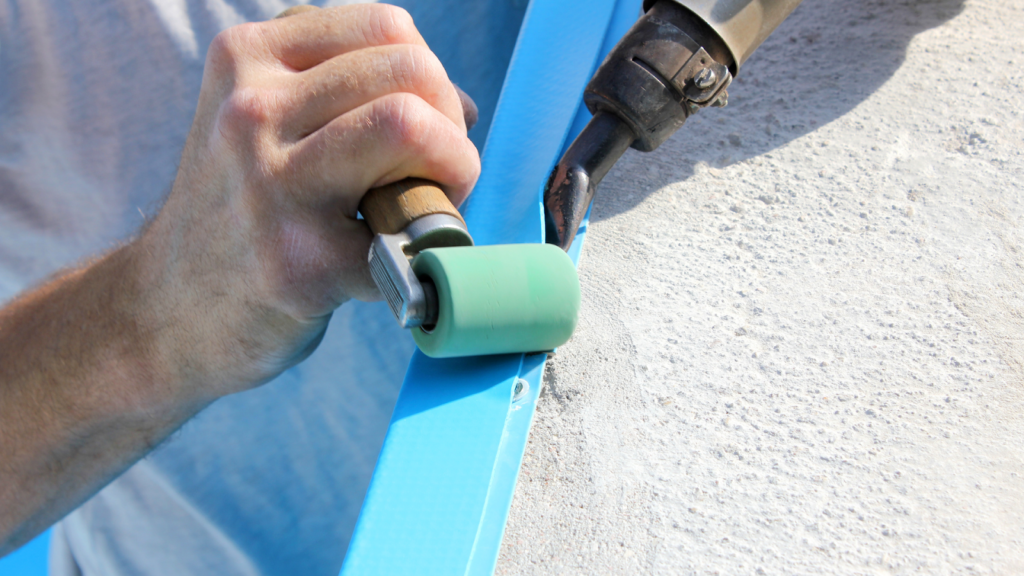
In a world increasingly conscious of its environmental footprint, plastic refurbishing has emerged as a viable solution for reducing waste.
So, let’s dive in and unravel the intriguing process of plastic refurbishing.
Plastic Refurbishing
The Process of Plastic Refurbishing
Plastic refurbishing, a prominent aspect within the sustainability sphere, follows a meticulous series of steps to breathe new life into discarded plastic items. Starting with the collection of waste plastic materials, recycling departments or organizations salvage any plastic that is still viable for refurbishment.
Next, in the process, comes the granulation stage. This stage breaks down the plastics into smaller pieces, making them easier to process. In some cases, this involves melting them down into a sort of plastic soup, ready for moulding.
Benefits of Refurbishing Plastics
The refurbishment of plastics provides multiple benefits. It breathes new life into what previously was discarded material. Instead of landing in a landfill or oceans, these items find new utility, effectively reducing their environmental impact.
Refurbishing plastics also demonstrates an economical edge. Reusing materials equates to a decrease in production costs for new plastic items.
A significant benefit, especially in the context of dwindling global resources, involves saving energy.
Plastic Refurbishing Methods

Continuing from the previous discussions, let’s delve deeper into the methods of plastic refurbishing. These techniques range from mechanical to chemical processes, to the recovery of energy.
Mechanical Refurbishing
Mechanical refurbishing provides an effective means of plastic refurbishment. The method involves several steps, beginning with the selection of suitable plastic. After sorting, the plastic undergoes granulation, a process where it’s shredded into tiny pieces. These pieces are then subjected to processes like washing, becoming plastic flakes, and finally drying.
Chemical Refurbishing
Chemical refurbishing acts as another powerful method of plastic refurbishing. In this approach, a chemical catalyst breaks down the plastic polymers into their original monomers, a process referred to as depolymerization. Once these monomers are isolated, they can be repolymerized to produce new plastic items.
Energy Recovery
Lastly, energy recovery serves as an alternative for plastics that aren’t ideally suited for mechanical or chemical refurbishing. Energy recovery involves incineration of these plastics to generate heat and electricity. The generated heat powers turbines that subsequently produce electricity, while the resultant ash is typically used in construction.
Challenges in Plastic Refurbishing
Even though plastic refurbishing proves to be a necessary endeavor for environmental sustainability and economic development, it’s not without its own share of challenges. From technical hurdles to economic viability concerns, these issues require critical attention.
Technical Difficulties

Inherent problems exist in the refurbishing of plastics, especially concerning the quality of the recovered plastic. During the refurbishing process, multiple types of plastics often get mixed, leading to contamination that degrades the end product. Recognizing plastics for refurbishing, primarily ones marked as 1 and 2, faces challenges in accurate sorting and cleaning.
Economic Viability
Comparatively, the initial costs for setting up refurbishing facilities are high. It involves complex machinery for collection, granulation, washing, melting, reforming and even chemical prcessing.
Innovation in Plastic Refurbishing Techniques
Recent Technological Advances

In light of recent advances, plastic refurbishing technology continues its trajectory towards enhanced sustainability. Machine learning and smart sensor technology, such as NIR (Near Infrared) sensors, emerge as game-changers in the plastic refurbishing landscape, assisting in the effective sorting and identification of diverse plastic types.
Future Directions
Nudging towards a greener future, potential plastic refurbishing options are gaining momentum. Thermophilic bacteria, an exciting area of research, show promise in the decomposition of plastic waste at high temperatures, offering an innovative, biological approach to plastic refurbishing.
In the realm of policy, the promotion of Extended Producer Responsibility legislation appears to be a likely future direction.
Must Know
Plastic refurbishing is paving the way for a more sustainable future. It’s not just about the environment, but also the economy, as seen in the success stories of Vanden Global, Axion Polymers, TerraCycle, and The Plastic Bank. With thermoplastics like PE and PP ideal for refurbishing, it’s clear that understanding the types and recyclability of plastics is key.
